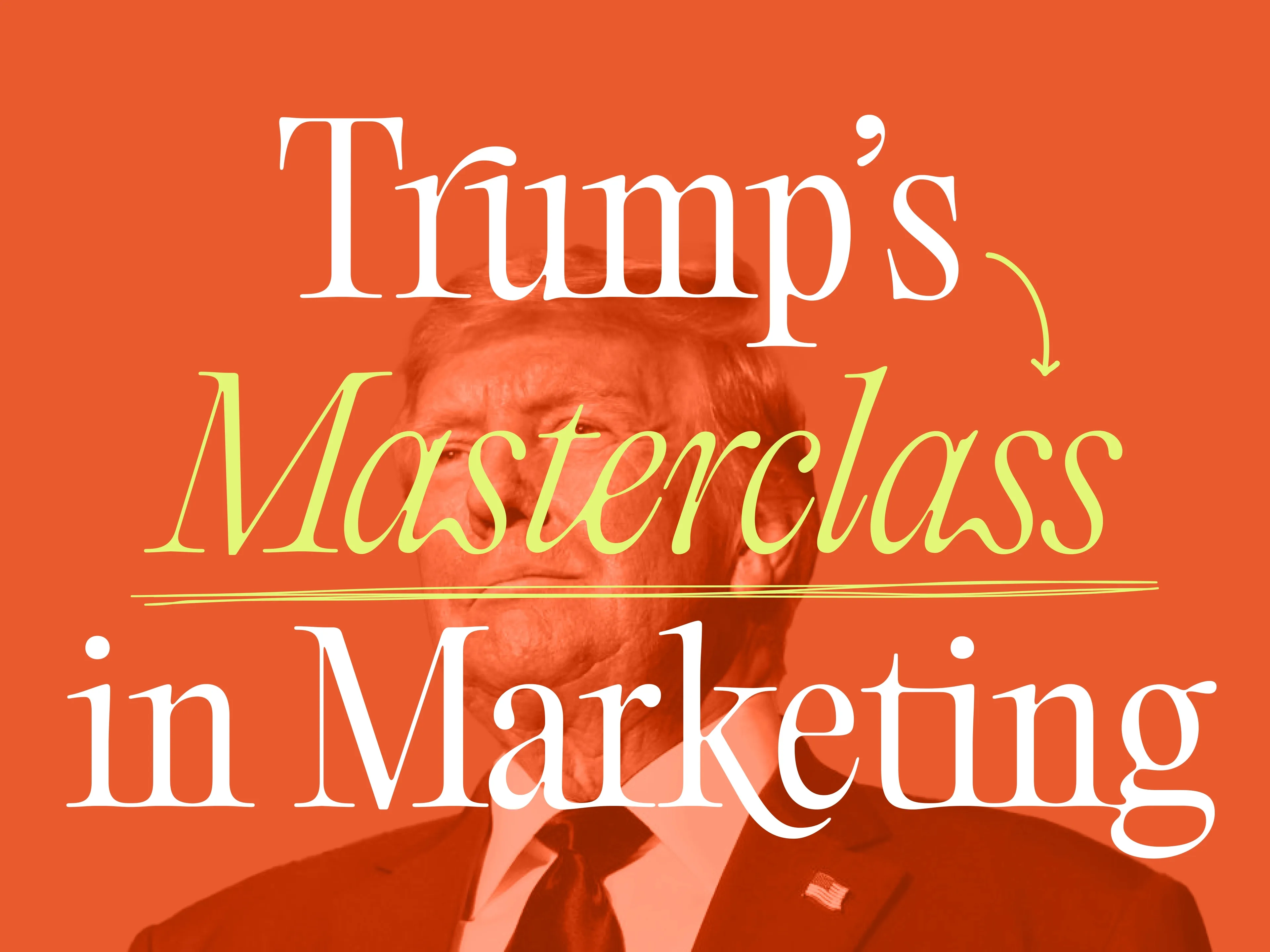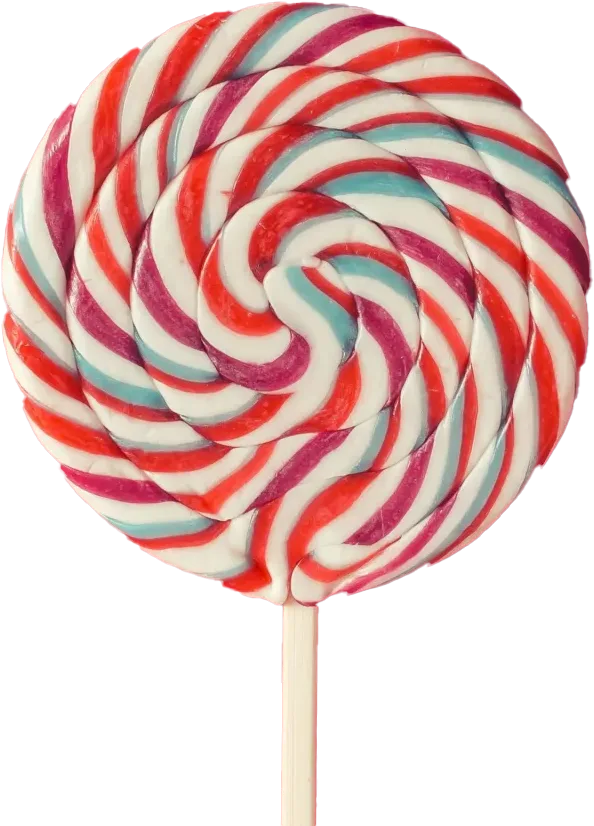
In 2024, Donald Trump didn’t just run a political campaign; he launched a full-scale marketing movement. Love him or loathe him, one thing’s for sure—Trump’s approach to winning over voters felt a lot like your favorite brands winning over consumers. Here’s how he applied some tried-and-true marketing principles to secure his victory, and why his playbook might look familiar to anyone in the advertising world.
1. A Clear Value Proposition—Like Nike’s “Just Do It”
If Trump’s campaign had a tagline, it could have been something like, “I’ll fix it.” The message was simple and aimed directly at voters’ biggest pain points: the economy, safety, and national pride. Much like Nike’s “Just Do It,” which invites customers to achieve greatness in a few simple words, Trump’s message was clear, motivating, and easy to remember. Instead of weighing people down with policy jargon, he cut right to the chase, letting voters know exactly what they’d get with him.
Imagine the campaign team brainstorming: “How about ‘We’ll enact comprehensive economic and geopolitical reform initiatives?’” *Nah.* They kept it tight and relatable. Nike’s been doing it for decades, and it turns out, so did Trump.
2. Direct Audience Engagement—Taking a Page from Wendy’s Twitter Playbook
Wendy’s Twitter account has set the gold standard for direct, often humorous engagement with customers. They’ve created memorable moments with fans by roasting competitors, poking fun, and building a reputation as the sassy fast-food brand we didn’t know we needed. Trump’s direct communication on platforms like Twitter was similar—unfiltered, relentless, and always targeted right at his audience.
Whether they loved him or hated him, voters couldn’t ignore him, and that’s often half the battle in marketing. Like Wendy’s, Trump kept his messages quick, punchy, and often a little spicy. There was no “let’s wait and see” in his communication strategy; instead, he was straight in, hashtag and all.
3. Emotionally Charged Messaging—As Refreshing as a “Share a Coke”
Trump’s campaign tapped deep emotions—discontent with the economy, anxiety over safety, and hope for a better future. His ability to stoke these feelings made his base incredibly loyal and engaged. Remember Coca-Cola’s “Share a Coke” campaign, where they personalized bottles with people’s names? That was less about the Coke and more about connecting friends and family through shared moments.
Trump’s messaging resonated similarly, creating a connection with his audience that went beyond policies. Like Coke’s campaign, he didn’t just present himself as a candidate—he became part of people’s identities, hopes, and dreams.
4. Addressing Specific Audience Needs—Dove’s “Real Beauty” Meets Political Campaigns
Dove’s “Real Beauty” campaign revolutionized beauty advertising by addressing specific concerns and insecurities. Instead of idealized models, Dove showcased real people, speaking to women’s desire to feel valued and accepted just as they are. Trump, too, addressed distinct voter concerns, from economic worries to issues on immigration.
By appealing to each group’s unique priorities, he created a coalition that crossed demographic and social lines. Much like Dove, he didn’t make voters conform to a single message but tailored his approach to meet them where they were.
5. Us vs. Them—Harley-Davidson’s Rebel Identity Gets Political
“Riders Wanted.” Harley-Davidson’s rebel identity has attracted loyal followers who see themselves as outside the mainstream. Similarly, Trump created a distinct “us vs. them” narrative, positioning himself and his supporters as the champions of “real Americans” versus the so-called elites. This strong identity—like that of Harley riders—encouraged a sense of belonging and a common cause.
And just as you’ll see die-hard Harley owners with tattoos and customized bikes, Trump’s followers wore hats, waved flags, and joined a movement. It’s the power of a shared identity—and Trump tapped into it masterfully.
6. Emphasis on Stability and Trust—IBM’s Classic “Think” Messaging
In times of uncertainty, people gravitate toward brands that promise stability. IBM’s long-standing “Think” slogan exemplifies this—reliable, forward-thinking, and safe. Trump’s promise to stabilize the economy and restore traditional values offered voters a similar sense of security. His emphasis on economic growth and stability spoke to those seeking a steady hand during turbulent times.
Like IBM’s promise to “Think” (and, implicitly, “We’ve got you”), Trump’s message implied, “I’ve got this under control.” It was a reassuring promise in uncertain times—exactly what IBM has done for businesses for decades.
7. Consistent Messaging—Geico’s “15 Minutes Could Save You 15%”
Trump’s campaign hammered home the same themes repeatedly, whether it was the economy, immigration, or national pride. The result? A cohesive, memorable brand that stuck with voters. Think of Geico’s “15 Minutes Could Save You 15%.” That message has been around so long, you could probably recite it in your sleep.
Consistency builds familiarity, and familiarity builds trust. By the time Election Day rolled around, everyone knew what Trump stood for. In the end, it was the persistent, drumbeat repetition of these core messages that helped him stick in voters’ minds.
In a nutshell, Trump’s campaign in 2024 was a classic case of smart marketing principles applied to politics. By using clear, consistent, and targeted messaging, he was able to capture attention, build loyalty, and drive engagement. He took some of the world’s best branding lessons, put them into political terms, and—like any good marketer—kept his message straightforward, memorable, and impossible to ignore.
Love it or hate it, his campaign was a masterclass in how brand loyalty can turn into voter loyalty. And hey, if nothing else, it’s proof that sometimes winning is as much about the strategy as it is about the product.
